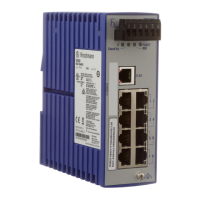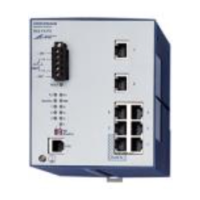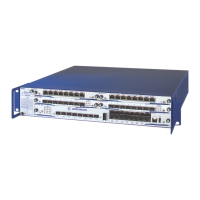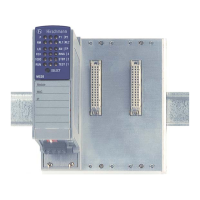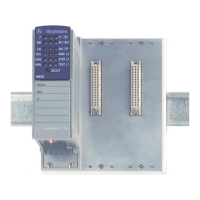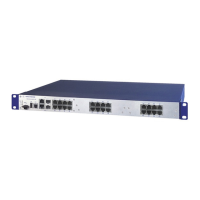Rapid Spanning Tree
Redundancy L2E
Release
4.1
03/08
4.1
The Spanning Tree Protocol
53
4.1.5 Port Identifier
The Port Identifier consists of 2 bytes. One part, the lowest-value byte,
signifies the fixed relationship with the physical port number. This part
ensures that no port of a bridge has the same identifier as another port of this
bridge. The second part is the port priority number, which is specified by the
Management Administrator (default value: 128). It also applies here that the
port with the smallest number for the port identifier has the highest priority.
Figure 29: Port Identifier
Data rate Recommended value Recommended range Possible range
<=100 KBit/s 200 000 000* 20 000 000-200 000 000 1-200 000 000
1 MBit/s 20 000 000* 2 000 000-200 000 000 1-200 000 000
10 MBit/s 2 000 000* 200 000-20 000 000 1-200 000 000
100 MBit/s 200 000* 20 000-2 000 000 1-200 000 000
1 GBit/s 20 000 2 000-200 000 1-200 000 000
10 GBit/s 2 000 200-20 000 1-200 000 000
100 GBit/s 200 20-2 000 1-200 000 000
1 TBit/s 20 2-200 1-200 000 000
10 TBit/s 2 1-20 1-200 000 000
Table 11: Recommended path costs for RSTP based on the data rate
* Bridges that conform with IEEE 802.1D, 1998 edition, and only support 16-bit
values for the path costs should use the value 65 535 for path costs when they are
used in conjunction with bridges that support 32-bit values for the path costs.
Priority Port number
MSB LSB
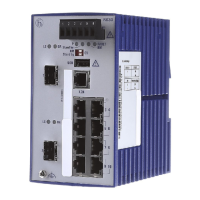
